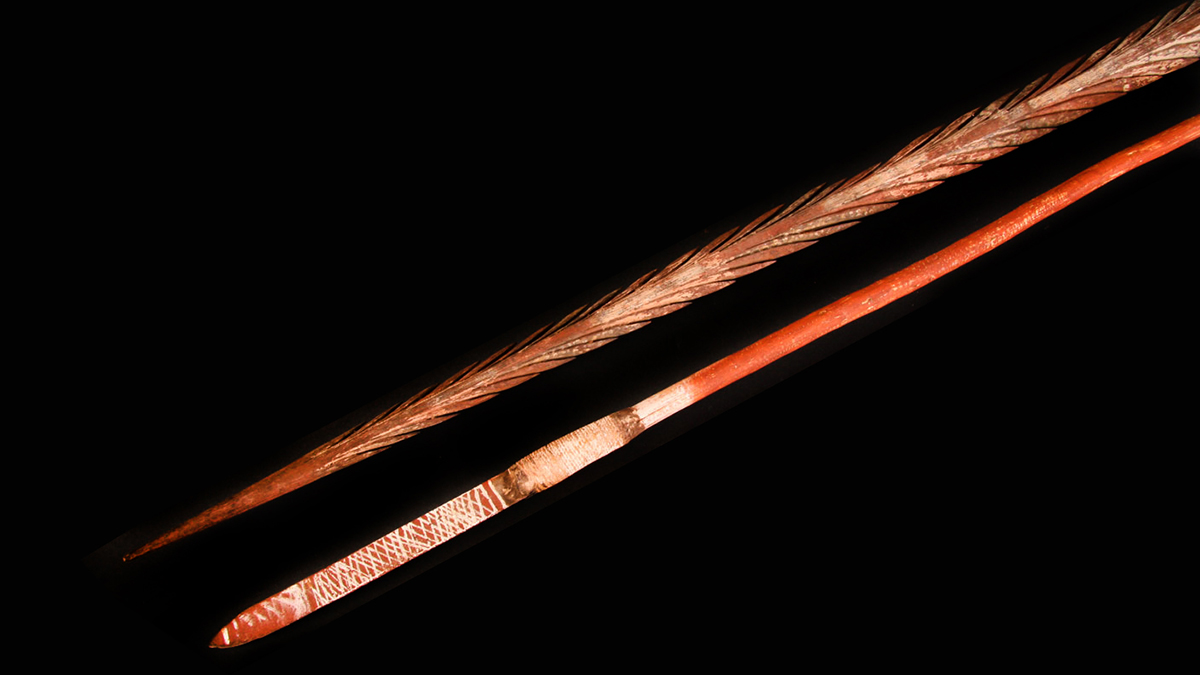Opinion
There’s a mania, lately, for “repatriating” museum pieces collected during the “colonial” era. To which should be applied a rule of thumb, first suggested by YouTuber Carl Benjamin: if we had to dig it up, you never wanted it, anyway. Apocryphally, a frustrated Howard Carter reminded stonewalling Egyptian officials that Egyptians had been plundering Egypt’s treasures for millennia. At least Europeans were putting them in museums, not melting them down or using them to line rubbish heaps.
So, we might add to Benjamin’s admonition: If it’s only been preserved because of Europeans, the least you can do is thank us.
This is true of everything from the Shellal Mosaic at the Australian War Memorial, found by WWI diggers, buried under dirt and rubbish. Even the much-disputed Elgin Marbles would almost certainly have been eroded to nothing, like the Lions of Delos, had they been left exposed to the pollution of Athens.
As for Aboriginal relics collected by Captain Cook — the only reason they even exist after two hundred years, is because wicked Europeans valued them enough to preserve them for centuries, instead of just chucking them away.
Pompous expat lawyer Geoffrey Robertson is leading the charge to “repatriate” the so-called Gweagal Shield, held by the British Museum. The story is that the shield came from the first contact between Cook’s men and the Gweagal tribesmen of Sydney. When threatened, as outsiders (meaning anyone more than a few days’ walk away) invariably were, with spears, Cook ordered shots fired. The Gweagal high-tailed it, dropping their weapons in their haste. Hence, the shield has a small hole in its centre, supposedly from a musket ball.
This makes it, according to the woke new narrative, a symbolic representation of Aboriginal resistance to British imperialism.
Except that the whole story is a load of old bollocks.
Unfortunately for Robertson and Adams, the story is just another fabrication. As they would have found had they done even a little fact-checking, the “Gweagal” shield held by the British Museum did not come from Botany Bay in 1770. It came from an assortment of unlabelled objects found in the British Museum in 1978 and wrongly identified as being part of Joseph Banks’s Endeavour collection. It is made of red mangrove wood, a tree common to the northern Australian coastline but whose southern limit is the Richmond River in northern New South Wales. It must have belonged to a warrior in the tropics.
The shield picked up by Cook’s men was not made of wood but of bark, probably from a gum tree, like similar Botany Bay artefacts such as canoes and rooves on Aboriginal shelters. Moreover, paintings made of the shield when Banks returned to London depict an object distinctly different in shape and size from the one held by the British Museum.
Quadrant Online
These facts are established in two peer-reviewed papers commissioned in response to demands by Aboriginal activists. But primary sources — the journals of Cook and Banks themselves — also shoot holes in the story.
Cambridge University Museum of Archaeology and Anthropology recently “repatriated” some spears collected by Cook’s men in 1770. The spears were not ceremonial — they were simple tools. Tools which, had they not been picked up by Cook’s men, would have been destroyed centuries ago.
Perhaps acknowledging that some thanks might be in order, the modern Gweagal community has reciprocated with a loan (not an outright gift) of some contemporary Aboriginal spears.
But at least the Gweagal might have a valid claim that the items were “stolen”. There is no such justification for some artefacts recently “returned” by a German museum.
The items, a kathawirri (sword), tantanaku (club or bark peeler), wirnta (spear), and wikatyi (net) were returned in a ceremony at Pirltawardli (Possum Park) – the same location of the original exchange between the German missionaries and the Kaurna people 180 years ago.
The Art Newspaper
The original exchange.
The missionaries in question, Wilhelm Schurmann and Christian Gottlob Teichelmann, spent many years working with Aboriginal people in the districts around Adelaide. The two sought often intervened on behalf of Aborigines during settler conflicts. They also researched the Kaurna language and published vocabulary lists. The artefacts in question were traded to the missionaries.
So, not stolen, traded. Yet, nearly two hundred years later, descendants of the people who so gratefully traded the artefacts are suddenly demanding them back?
We used to have a word for that.

